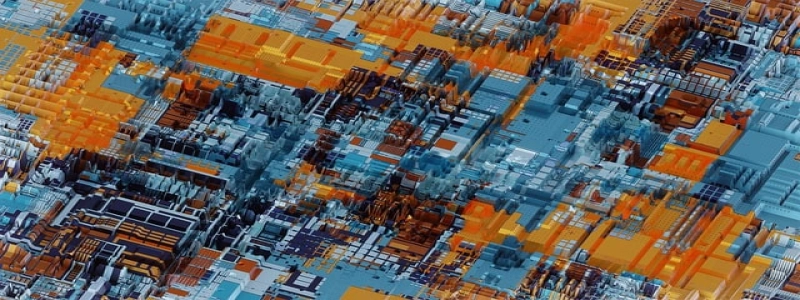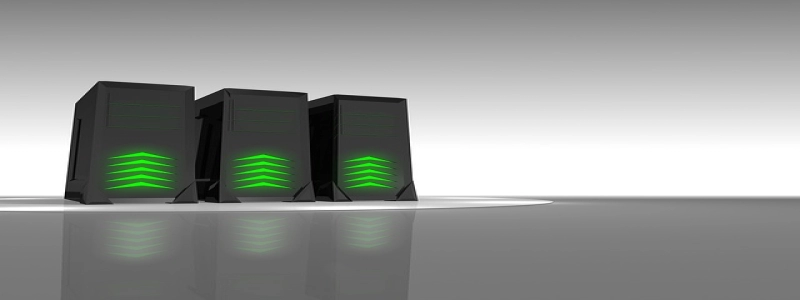Laser Wavelengths Chart
مقدمة:
In the field of laser technology, the wavelength of a laser determines its color and properties. Different wavelengths have various applications in science, medicine, industry, and research. This article will provide a comprehensive overview of various laser wavelengths and their uses.
أنا. Ultraviolet (UV) Wavelengths:
1. Deep UV (200-300 nm):
– التطبيقات: UV spectroscopy, ophthalmology, semiconductor manufacturing, and sterilization.
– Properties: High energy, high photochemical reactivity, and limited penetration depth.
2. Near UV (300-400 nm):
– التطبيقات: Fluorescence spectroscopy, photolithography, forensic analysis, and criminal investigations.
– Properties: Visible to some individuals as a violet-blue color, used in biomedical research and detecting counterfeit currency.
ثانيا. Visible Wavelengths:
1. Blue (400-500 nm):
– التطبيقات: Laser pointers, cosmetic surgery, eye surgery, entertainment (laser light shows), and material processing.
– Properties: High energy, short wavelength, and efficient absorption by certain organic compounds.
2. Green (500-600 nm):
– التطبيقات: Astronomy (pointing devices), telecommunications, and underwater communications.
– Properties: Balances between visibility and atmospheric scattering, suitable for long-distance signaling.
3. Yellow (600-700 nm):
– التطبيقات: Printing industry (color calibration), dermatology, and laser therapy.
– Properties: Visible to the human eye, low melanin absorption, and high penetration through the skin.
4. Orange (600-650 nm):
– التطبيقات: Laser leveling, optical fiber testing, and aesthetic treatments.
– Properties: Moderate visibility, efficient pigment absorption, and ideal for laser surgical procedures.
5. Red (650-750 nm):
– التطبيقات: Barcode scanners, optical disc drives, laser hair removal, and range finding.
– Properties: High visibility, long wavelengths, and thermal effects on tissues.
ثالثا. Infrared (IR) Wavelengths:
1. Near-infrared (NIR) (750-2,500 nm):
– التطبيقات: Telecommunications, night vision imaging, remote sensing, and military targeting.
– Properties: Nearly invisible to the human eye, commonly used in fiber optic communications.
2. Mid-infrared (2,500-25,000 nm):
– التطبيقات: Gas sensing, food quality control, environmental monitoring, and spectroscopy.
– Properties: Used in analyzing molecular structures due to specific vibrational modes.
3. Far-infrared (25,000-1,000,000 nm):
– التطبيقات: Astronomy, thermal imaging, and non-destructive testing.
– Properties: Penetrates clouds, dust, and some opaque objects, enabling imaging of celestial objects and identifying hidden defects.
خاتمة:
Understanding the different laser wavelengths and their applications is crucial in various scientific and technological fields. From UV to IR, lasers play a vital role in research, medicine, industry, and communications. By harnessing the unique properties of each wavelength, scientists and engineers continue to push the boundaries of what is possible with laser technology.








